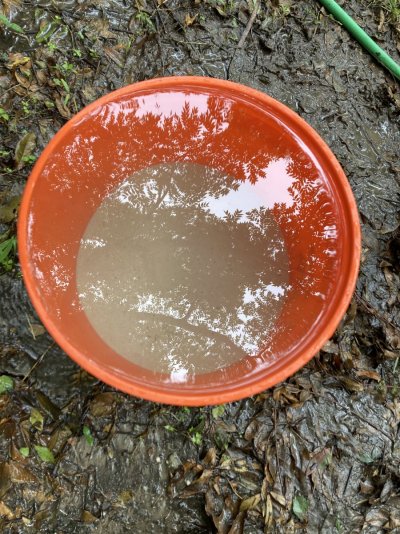So, tank went without power for a week following hurricane Ida. There was no flow(obviously) and temps hit 85-86 during the day. I came back to the city to rescue my 2 clowns who are currently living in a 5 gallon bucket with a bubbler.
Basically my question is: what are my options from here? When i evacuated the corals were already melting. I pulled the rocks and sealed them in a bucket in case the power was out for a very very long time so I wouldnt come back to a horror show. I left my sand and water sitting. Is my bacteria done for?
My current plan is this: use my hospital tank setup (10 gal) to keep my clowns going with water changes while i completely restart my main tank.
Basically my question is: what are my options from here? When i evacuated the corals were already melting. I pulled the rocks and sealed them in a bucket in case the power was out for a very very long time so I wouldnt come back to a horror show. I left my sand and water sitting. Is my bacteria done for?
My current plan is this: use my hospital tank setup (10 gal) to keep my clowns going with water changes while i completely restart my main tank.




















